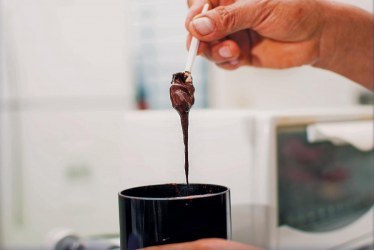For some years now, the Peruvian region of Junín has seen a revival of interest in native cocoa. Although ancestral communities such as the Asháninka, Nomatsiguenga and Kakínte domesticated the local crop and were the first to use it hundreds of years ago in San Martín de Pangoa, later, in this same area, productive initiatives introduced some varieties of cocoa as an alternative to the illicit coca economy.
In recent decades, this divided the producers into two: those who used and conserved the mountain or "fine aroma native" cocoa native to the area, and those who used the Trinitario hybrid or "introduced clone". Supporters of the Trinidadian hybrids praised its yield, but those who preferred the native cocoa highlighted its remarkable organoleptic qualities and its fruity, citrus and nutty notes, which were preferred by the fine chocolate industry.
The Pangoa cooperative is promoting the cultivation of "fine aroma native" cocoa because of the improved income it promises, and in view of the popularity of the "introduced clones" decided to fight fire with fire. So they have been working with a selection of the best native trees in the area to create their own "native cocoa clones". How is Pangoa's native cocoa winning the battle? We tell you about it in this article.









